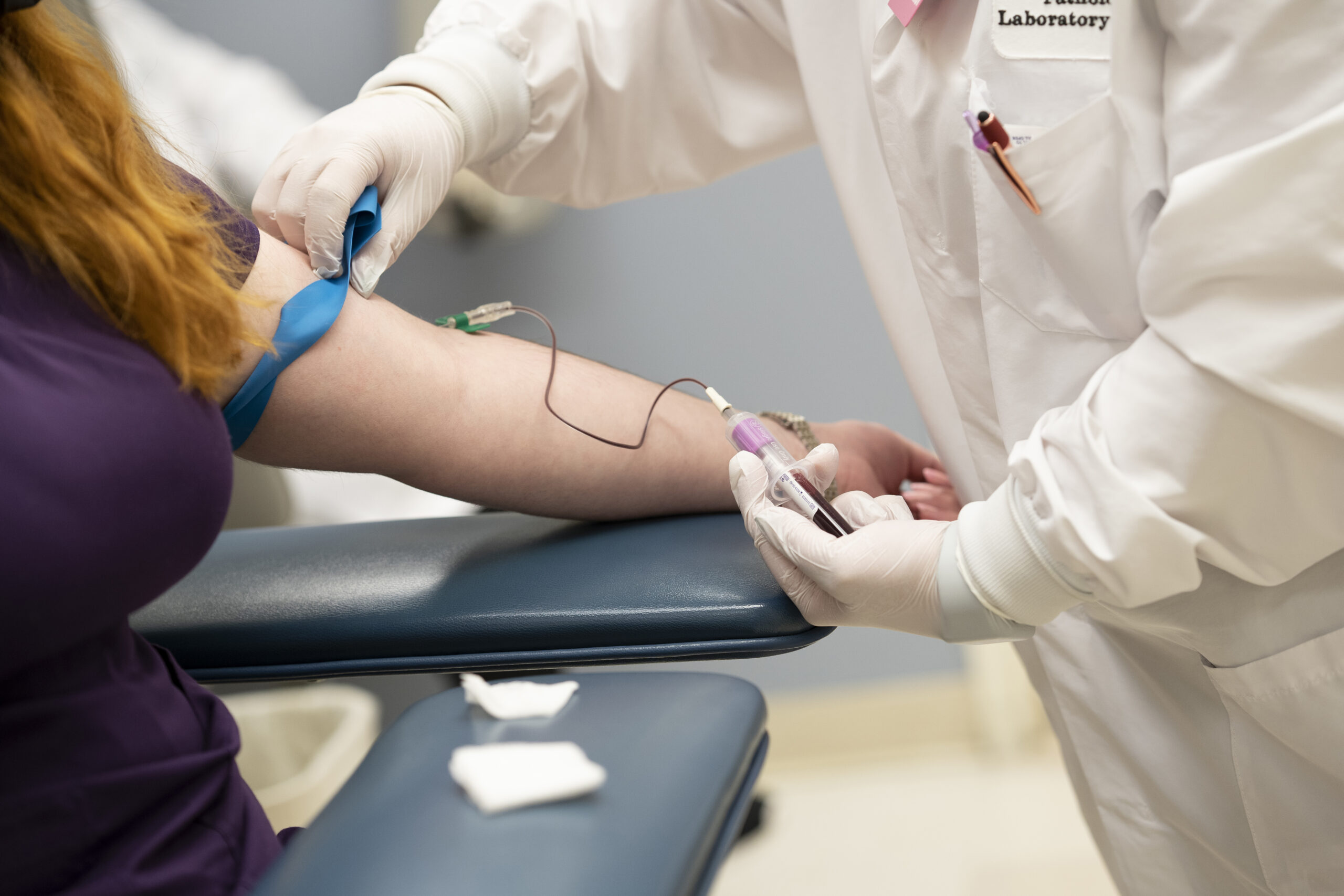Ever wondered why phlebotomists need special shoes? Let me tell you, it's not just about looking good. Phlebotomy shoes are a game-changer for anyone spending long hours on their feet in a clinical setting. These shoes are designed to provide comfort, support, and durability, making them essential for professionals who need to stay on their A-game all day long.
Imagine standing for hours, walking around, and dealing with heavy-duty tasks. Without the right footwear, your feet would be screaming for mercy by the end of the day. That's where phlebotomy shoes come in. They're not your average sneakers or loafers. These babies are built to handle the unique demands of medical environments, ensuring you can focus on what really matters—your patients.
But here's the kicker: finding the perfect pair of phlebotomy shoes isn't always easy. There's a lot to consider, from material and design to support and style. In this guide, we'll break it all down for you, so you can make an informed decision that keeps your feet happy and your work efficient. Let's dive in!
- How To Make Private Matches In Fortnite Without Creator Code
- Am I Your Roman Empire Pookie Exploring The Quirks Of Modernday Love And Relationships
What Are Phlebotomy Shoes Anyway?
Let's get one thing straight—phlebotomy shoes aren't just regular shoes with a fancy name. These are specially designed footwear meant to cater to the unique needs of phlebotomists and other healthcare professionals. If you're in the medical field, you know how demanding your job can be. Long shifts, constant movement, and sometimes even standing still for long periods can take a toll on your body. That's why having the right footwear is crucial.
Phlebotomy shoes are crafted with features that prioritize comfort, stability, and safety. They often come with anti-slip soles, moisture-wicking linings, and cushioned insoles. Plus, they're made to withstand the rigors of a clinical environment, ensuring you can focus on your work without worrying about your feet giving out on you.
Why Are Phlebotomy Shoes Important?
Here's the deal: if your feet hurt, everything else suffers. Imagine trying to draw blood from a patient when your back is aching and your feet feel like they're on fire. Not exactly the best scenario, right? That's why phlebotomy shoes are more than just accessories—they're tools that help you perform at your best.
- Frutiger Aeronostalgia Outfit A Journey Back In Time
- Gays Eating Garlic Bread In The Park A Celebration Of Joy Diversity And Deliciousness
But it's not just about comfort. Safety is a huge factor too. Clinical environments can be unpredictable, with spills and hazards around every corner. Anti-slip soles and durable materials ensure you stay steady on your feet, reducing the risk of accidents. Plus, they often come with breathable designs that keep your feet fresh even during long shifts.
Key Features to Look for in Phlebotomy Shoes
When it comes to choosing the right pair of phlebotomy shoes, there are a few key features you should keep in mind. These aren't just nice-to-haves; they're essential for making your workday smoother and more comfortable.
Comfort and Support
Let's talk comfort first. Phlebotomy shoes should have cushioned insoles and arch support to keep your feet happy throughout the day. Look for shoes with memory foam or gel inserts—they provide extra cushioning and help absorb impact, reducing strain on your joints.
Anti-Slip Soles
Safety is non-negotiable in a clinical setting. Anti-slip soles are a must-have feature, especially if you're working in areas where spills are common. These soles are designed to grip the floor, preventing slips and falls that could lead to injuries.
Breathable Materials
Ever had sweaty feet by the end of a long shift? It's not fun, trust me. That's why breathable materials are so important. Phlebotomy shoes often come with mesh linings or ventilation systems that allow air to circulate, keeping your feet cool and dry.
Top Brands in the Phlebotomy Shoe Market
Now that you know what to look for, let's talk about some of the top brands in the phlebotomy shoe market. These brands have built a reputation for delivering high-quality footwear that meets the needs of medical professionals.
- Keen: Known for their rugged, durable designs, Keen offers a range of shoes that combine style with functionality.
- Crocs: Love them or hate them, Crocs are a staple in the medical community. They're lightweight, easy to clean, and come with anti-slip soles.
- Sketchers: With their focus on comfort and support, Sketchers offers a variety of phlebotomy shoes that are perfect for long shifts.
- Hush Puppies: For a more professional look, Hush Puppies offers stylish yet comfortable options that are great for formal settings.
How to Choose the Right Phlebotomy Shoes
Selecting the right pair of phlebotomy shoes can be overwhelming, especially with so many options on the market. Here are a few tips to help you make the right choice:
Know Your Needs
Every phlebotomist has different needs. Some may prioritize comfort, while others may focus more on style. Take some time to think about what's most important to you and choose shoes that align with those priorities.
Try Before You Buy
Nothing beats trying on a pair of shoes before you buy them. Make sure they fit well and feel comfortable. Don't be afraid to walk around in them for a bit to see how they feel after a few minutes.
Read Reviews
Other people's experiences can be incredibly valuable when it comes to choosing phlebotomy shoes. Check out online reviews and ratings to see what others are saying about different brands and models.
The Impact of Phlebotomy Shoes on Your Work Performance
Here's the truth: the right pair of phlebotomy shoes can significantly improve your work performance. When your feet are comfortable and supported, you're less likely to experience fatigue and discomfort, allowing you to focus on your patients and tasks. Plus, feeling confident in your footwear can boost your overall confidence and professionalism.
But it's not just about you. When you're comfortable and focused, your patients benefit too. You're more likely to provide better care and maintain a positive attitude, which can make a huge difference in their experience.
Preventing Common Foot Issues
One of the biggest advantages of phlebotomy shoes is their ability to prevent common foot issues like plantar fasciitis and heel pain. The cushioning and arch support provided by these shoes help distribute weight evenly, reducing strain on your feet and lower body.
Phlebotomy Shoes vs. Regular Shoes
So, what makes phlebotomy shoes different from regular shoes? Let's break it down:
- Design: Phlebotomy shoes are specifically designed for medical environments, with features like anti-slip soles and moisture-wicking linings.
- Comfort: They prioritize comfort and support, ensuring you can stay on your feet for long hours without discomfort.
- Safety: With their focus on safety, phlebotomy shoes are a better choice for clinical settings where hazards are common.
When Regular Shoes Just Won't Cut It
Sure, you could wear regular shoes to work, but trust me, you'll regret it. Regular shoes often lack the support and durability needed for long shifts in a clinical setting. Plus, they're not designed to handle the unique challenges of a medical environment, like spills and hazards.
Common Myths About Phlebotomy Shoes
There are a lot of misconceptions out there about phlebotomy shoes. Let's bust some of those myths:
Myth 1: They're Expensive
Not necessarily. While some high-end brands may come with a hefty price tag, there are plenty of affordable options that offer great value for money.
Myth 2: They're Not Stylish
Wrong! Phlebotomy shoes come in a variety of styles and designs, so you can find ones that match your personal taste and professional requirements.
Myth 3: They're Only for Phlebotomists
Not at all! These shoes are great for anyone who spends long hours on their feet, whether you're a nurse, doctor, or even a teacher.
How to Maintain Your Phlebotomy Shoes
Investing in a good pair of phlebotomy shoes is only half the battle. To ensure they last as long as possible, you need to take good care of them. Here are a few tips:
Clean Them Regularly
Regular cleaning is essential, especially in a clinical setting where hygiene is crucial. Use a mild detergent and warm water to clean your shoes, and let them air dry instead of using a dryer.
Rotate Your Shoes
Wearing the same pair of shoes every day can lead to wear and tear. Try rotating between two or three pairs to give each pair a chance to rest and recover.
Replace Worn-Out Parts
Over time, parts of your shoes like the insoles and soles may wear out. Don't hesitate to replace them to ensure your shoes continue to provide the support and comfort you need.
Conclusion
Choosing the right pair of phlebotomy shoes is an investment in your comfort, safety, and overall work performance. Whether you're a seasoned phlebotomist or just starting out, having the right footwear can make a huge difference in how you feel and perform during long shifts.
So, what are you waiting for? Take the time to find the perfect pair of phlebotomy shoes that meet your needs and preferences. Your feet—and your patients—will thank you for it. And remember, if you have any questions or want to share your experiences, feel free to drop a comment below. Let's keep the conversation going!
Table of Contents
- What Are Phlebotomy Shoes Anyway?
- Why Are Phlebotomy Shoes Important?
- Key Features to Look for in Phlebotomy Shoes
- Top Brands in the Phlebotomy Shoe Market
- How to Choose the Right Phlebotomy Shoes
- The Impact of Phlebotomy Shoes on Your Work Performance
- Phlebotomy Shoes vs. Regular Shoes
- Common Myths About Phlebotomy Shoes
- How to Maintain Your Phlebotomy Shoes
- Conclusion
- Renpure Lawsuit The Controversy Unveiled And What You Need To Know
- How Old Is Lola Winters Unveiling The Stars Age Life And Career


